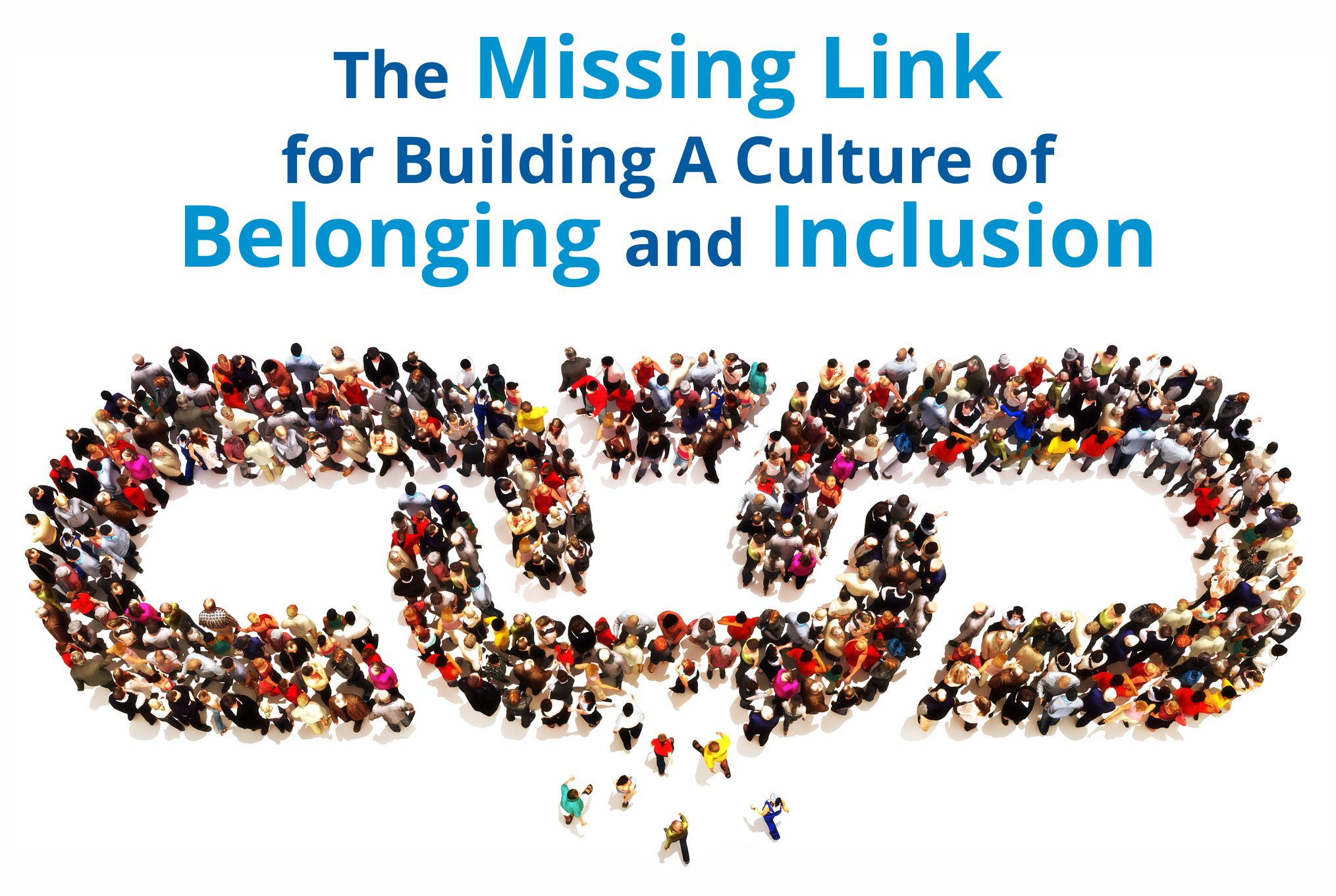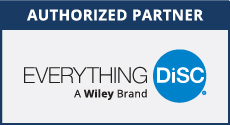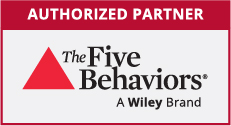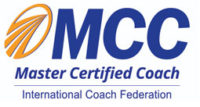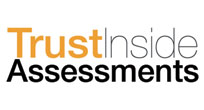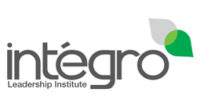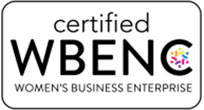I would venture to say that every human being, at least at one time in their life, has experienced the feeling of not belonging, of not being included, and/or of not feeling their voice is really being heard. Often this feeling arises from feeling excluded somehow either because of how you look, how you act, or how you believe. Somehow you are in opposition to the prevailing paradigm of how the “in crowd” is supposed to behave.
In fact, company culture is simply “how we do things around here” or how you are expected to behave which stems from the values and beliefs as well as the thinking and feeling patterns of the people in the organization.
Because feeling excluded can stifle creativity and innovation — the lifeblood of a successful organization — many companies today realize the critical importance of a diverse culture.
What most organizations fail to realize however, is that the culture change work of cultivating diversity, equity, and inclusion in an organization is not a training or HR initiative owned by a single
department. We don’t send people to a class to learn how to be inclusive and expect that we can now check that off our list.
While training sessions might be a viable first step to generate awareness, real behavioral change requires a greater commitment of time and energy.
Inclusion requires individuals to identify new habits or “microbehaviors” i.e. daily actions that can be practiced and measured. Cultivating inclusion and belonging also requires a fundamental shift in perspective that needs to occur in the heart of every leader.
The following article outlines three key actions organizations can take to get on the path towards a culture that allows people to be fully human and fully expressed at work. These are key elements to create “A Great Place to Work.” They are:
- Develop Agile, Emotionally Intelligent Leaders
- Build Cohesive Teams
- Recognize Trust is the Missing Link
1. Develop Agile, Emotionally Intelligent Leaders
Instead of t reating DE&I issues as a single initiative owned by HR, every leader needs to buy into the value and importance of creating a culture of belonging and inclusion.
reating DE&I issues as a single initiative owned by HR, every leader needs to buy into the value and importance of creating a culture of belonging and inclusion.
One of the keys to this process is learning empathy. Leaders need to be able to understand the perspectives and perceptions of those they lead with real curiosity and genuine caring.
Asking leaders to tune into a memory of a time when they were excluded, interrupted, shamed, or ridiculed can help them to have compassion for the people they work with who may feel like outsiders now. People don’t assess you based upon your intentions. Rather you are assessed by your behavior as a leader. Empathy can go a long way towards building a bridge across differences and organizational boundaries.
Every person in the company and especially your senior leaders need to look at everything they do through the lens of “have I done everything I could to create the environment where everyone can contribute in their unique, meaningful way and do they feel safe enough to do that?”
If you are not familiar with the work of Amy Edmondson and her book The Fearless Organization, I encourage you to check it out. Another great resource we also use to help our clients build a psychologically safe culture is Timothy R. Clark’s The Four Stages of Psychological Safety.
An agile, emotionally intelligent leader helps to create a culture of psychological safety and inclusion. We help our clients become more agile and emotionally intelligent by helping them understand their own unique strengths and areas for growth and development in terms of their Emotional Intelligence with the Everything DiSC Agile EQ assessment and the associated training, coaching, and/or consulting.
2. Build Cohesive Teams
Effective DE&I practices must be infused into every aspect of a company’s culture to have a sustainable positive impact. To retain and nurture top talent, it is critical to take an honest look at the entire end-to-end employee experience.
From sourcing and recruiting to hiring and onboarding; to everyday work experiences such as team-building, culture, succession planning, mentoring, and more, inclusiveness needs to be considered.
We help our clients with Executive Team Alignment work using Wiley and Patrick Lencioni’s “The Five Behaviors of a Cohesive Team” where we teach team members to have the kinds of conversations that truly engage everyone’s genius on a team. For example, a very common business activity for most organizations is conducting meetings.
In our recent Five Behaviors work with an essential team at Habitat for Humanity International, we spent an additional session with the team leaders to enhance the effectiveness of their meetings after going through the Five Behaviors process.
Getting meetings right is one of the undiscovered secrets to creating an inclusive culture. For example, some important question to consider include: Who gets invited? Who gets to speak and how often? What are the implications of the mix of attendees as well as how was the meeting facilitated or not facilitated? And another key question to ask is “Have we left anyone out whose input might be valuable?”
Even when you have the right people at the table and the process is well designed and facilitated, the absence of trust will kill any chance of an inclusive culture of belonging and any resulting engagement and contribution.
So last but certainly not least,
3. Recognize Trust is the Missing Link

Most executives and team leaders are shocked to learn that the reason many team members don’t fully engage or speak up in meetings when they have a great idea is due to a lack of trust. Bewildered, leaders often protest: “But I am trustworthy and I really do want to hear what everyone thinks.” The majority of the time, this is indeed true.
But compelling research by Integro Leadership Institute shows that there are different elements of trust that most people are not aware of that impact how much others trust them. They are related to one’s Everything DiSC style in that each style has a behavior that builds trust which is a natural strength for them.
As you might expect, each style also tends to have a behavioral blind spot in terms of trust. While one behavioral element of trust might not be that important to you, it could be the essential element that another needs to trust you and it is just not your natural strength.
For example, as a strong “i” in DiSC, meaning high in Influence, the most important element for me to be able to trust someone is my perception of their openness and receptivity while listening to me and others as well as their willingness to disclose important information.
If I am working with someone with a Conscientiousness style who may not be that open naturally, but who is very reliable and values reliability, we might not trust one another. My strength and priority is Openness while their strength and priority is Reliability.
Since our respective needs and strengths are opposite from those of the other person’s style, we are likely to mistrust one another and not really understand why. Knowing how to work with this dynamic effectively is one of the hidden keys for developing a culture of belonging and inclusion for the long-term.
For help on these and other people issues in your organization, contact us at 678-637-8977 or laura@lauraadavis.com. Please visit our website for more information on how we can serve you.


